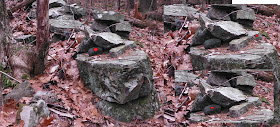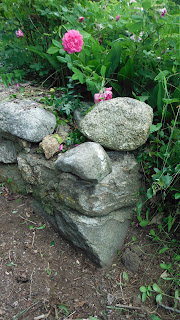Alliance for Appropriate Development
We are a group of Franklin County residents and other interested community members concerned with land use, environmental protection, and historic preservation. We are concerned about protection of Native American Ceremonial Stone Landscapes and fragile forest habitat.
Below are resources with information about Native American Ceremonial Stone Landscape Sites
|
 |
| http://www.stonestructures.org/html/shutesbury_-_chamber_1.html |





















































